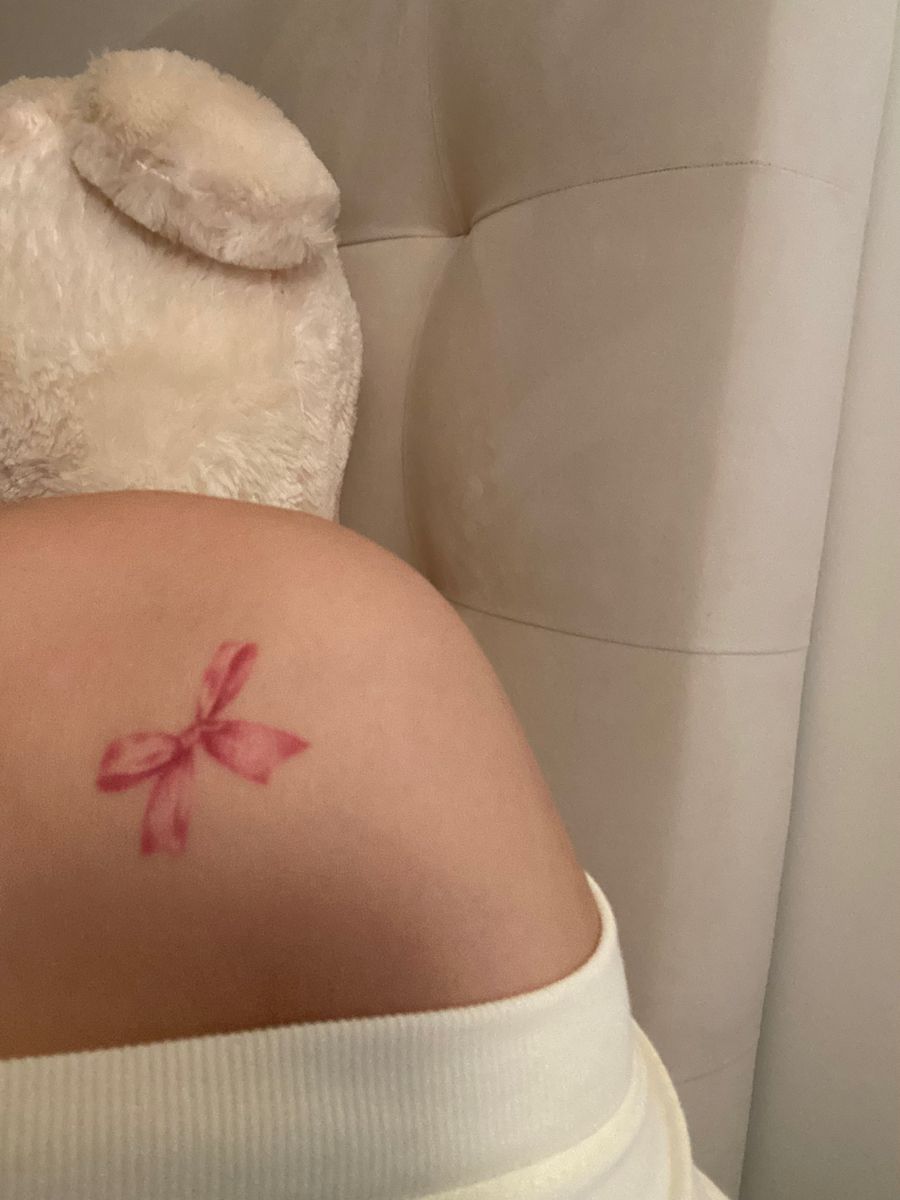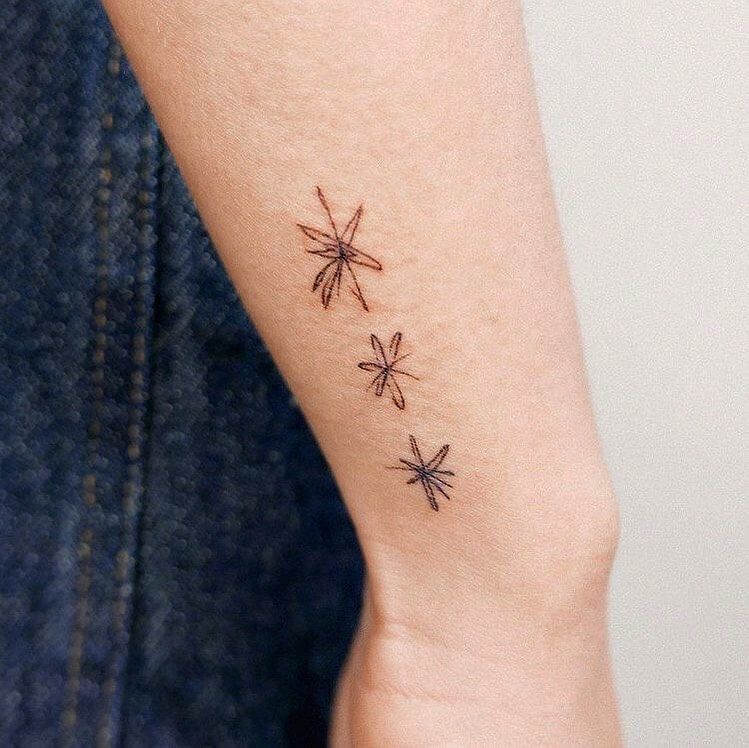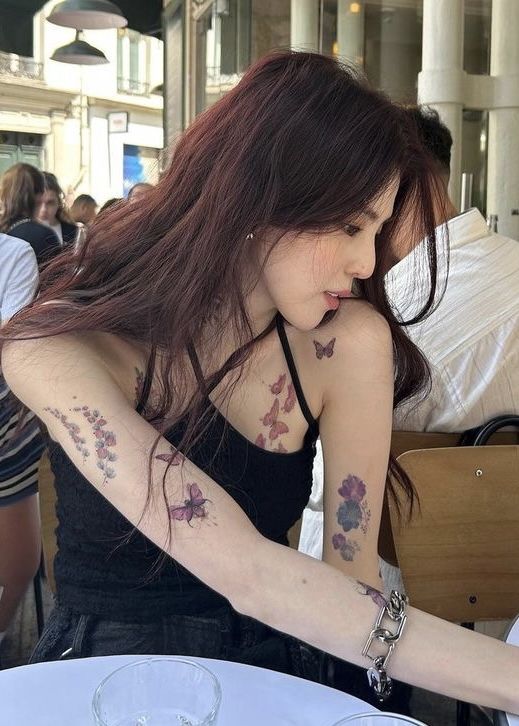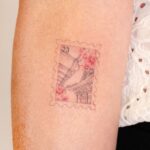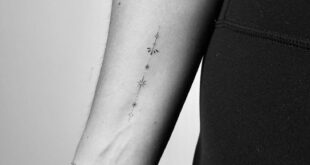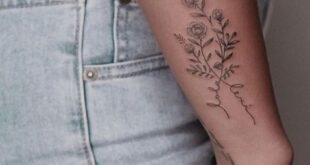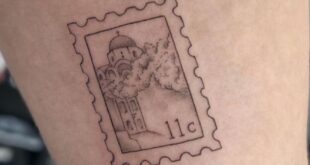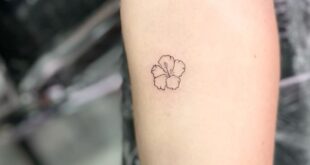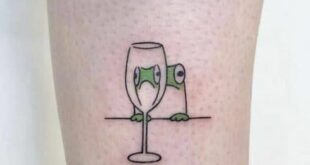Tattooing has a long and rich history in Korean culture, dating back hundreds of years. Traditional Korean tattoos were often seen as a sign of strength and valor, with warriors adorning their bodies with intricate designs to showcase their bravery and prowess in battle.
However, in modern Korean society, tattoos are still somewhat taboo and often associated with rebellion and gang culture. Despite this stigma, the popularity of tattoos in South Korea has been on the rise in recent years, especially among the younger generation.
One of the most popular styles of tattooing in Korea is known as “line work” or “single needle.” This style involves using a single needle to create intricate and delicate designs that have a more subtle and elegant look compared to traditional bold and colorful tattoos.
Many Korean tattoo artists are known for their skill and precision in creating these intricate designs, often drawing inspiration from traditional Korean art and culture. Some popular themes in Korean tattoos include Korean calligraphy, traditional Korean patterns, and symbols such as tigers and dragons.
However, getting a tattoo in Korea can still be a challenge due to strict regulations and societal norms. In South Korea, it is illegal for anyone without a medical license to administer tattoos, leading many tattoo artists to work underground or in secret. Additionally, many public establishments such as hot springs and swimming pools ban individuals with visible tattoos, making it difficult for those with tattoos to fully participate in Korean society.
Despite these challenges, the tattoo culture in Korea is slowly evolving, with more and more young people embracing tattoos as a form of self-expression and art. As attitudes towards tattoos continue to change, and the popularity of tattoos grows, it is likely that the art of tattooing in Korea will continue to flourish and thrive in the coming years.
 innstyled Tattoo Ideas
innstyled Tattoo Ideas
